ARTICLES
VIDEOS
TWITTER THREADS
LINKS
- Website - https://axelar.network/#
- Axelar Academy - https://axelar.network/introducing-the-axelar-academy
- Github - https://github.com/axelarnetwork
- Developers - https://docs.axelar.dev/
- Twitter - https://twitter.com/axelarcore
- Reddit - https://reddit.com/r/axelar
- Discord - https://discord.gg/aRZ3Ra6f7D
- Telegram - https://t.me/axelarcommunity
- Medium - https://medium.com/axelar
WHAT IS IT
Axelar Network seeks to bridge blockchain ecosystems via cross-chain communication by providing a decentralized network that can be used for cross-chain requests. This will allow dApps (decentralized applications) to communicate across chains in a frictionless way. Developers will be able to build dApps that are then accessible to users of other blockchain ecosystems.
Axelar’s ultimate goal is to build the underlying infrastructure for onboarding the next billion people onto Web3 In order to achieve this goal, Axelar will:
- Make it easy for blockchain developers to plug in and communicate with other chains.
- Provide decentralized application (dApp) developers with cross-chain composability.
- Allow users to interact seamlessly with applications across multiple ecosystems.
Axelar acts as a universal overlay network that connects all blockchain ecosystems, apps, assets and users to drive and deliver interoperability. This is accomplished through a decentralized network and a set of SDKs (software development kits) and APIs (application programming interfaces) which allow composability between blockchains. This will allow developers the freedom to build on whichever blockchain best suits their needs while still allowing access to users, assets and applications in every other ecosystem. True interoperability.
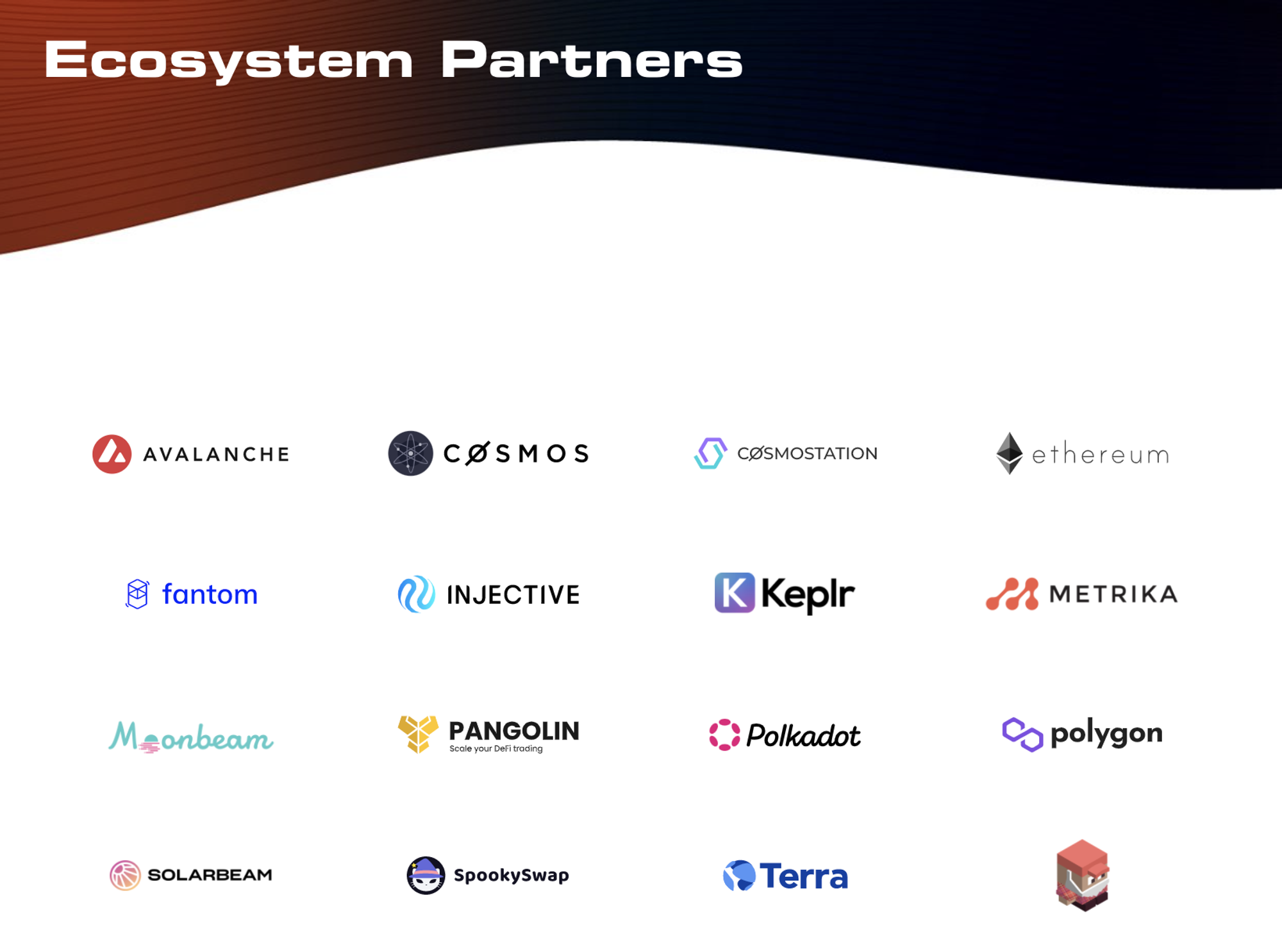
To ensure decentralization of the project Axelar is powered by a network of independent validators. The network's security is increased by utilizing a Byzantine consensus mechanism, cryptography, and different incentives designed to achieve the liveness requirements necessary for cross-chain requests.
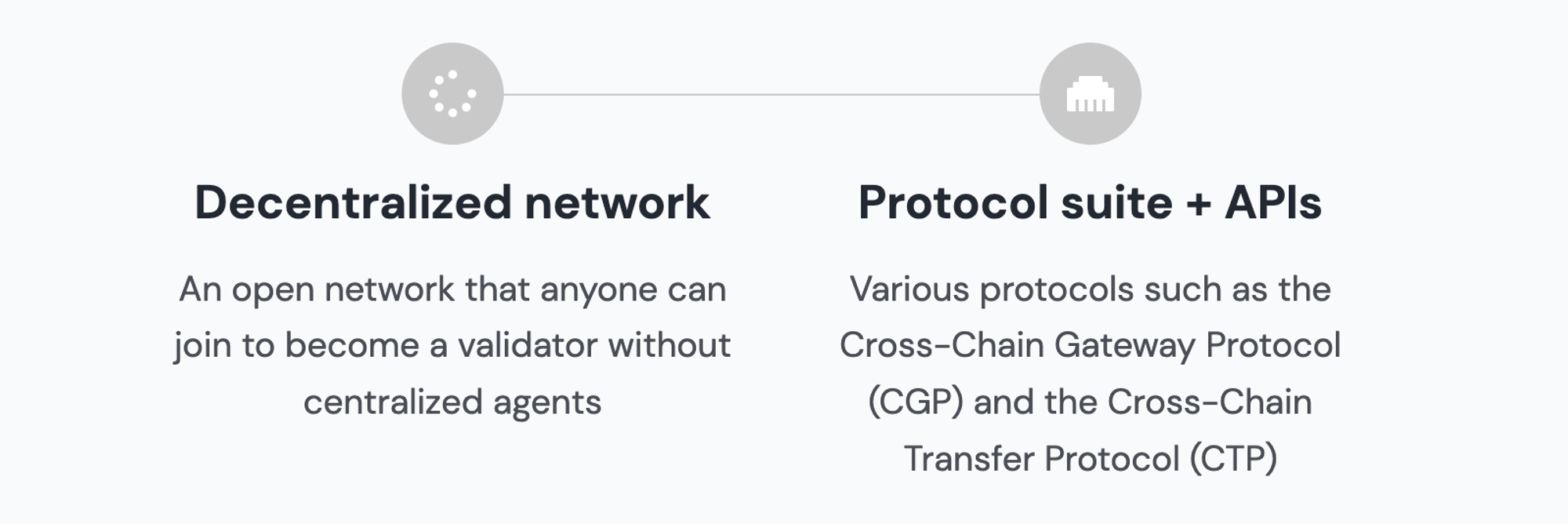
HOW DOES IT WORK?
The Axelar network has 3 key components across 2 functional layers. First, there is the decentralized layer, second the Gateway smart contracts, and third is the developer tools. Let’s break them down.
Decentralized Network
First, there is the decentralized network which is supported by a set of validators responsible for maintaining the network and executing transactions. The validators run the Cross-Chain Gateway Protocol (CGP) which is described below. This sits on top of Layer 1 blockchains. They are responsible for performing read and write operations to the gateway contracts that are deployed on connected external chains.
Cross-Chain Gateway Protocol (CGP)
The CGP can be compared to the Internets Border Gateway Protocol. It’s used to connect autonomous blockchain ecosystems together and enable cross-chain routing. This allows for blockchains to communicate with eachother without being required to speak the same programming language. Now developers can easily plug their chains into the global network Axelar provides instead of having to make custom changes to their blockchains in order to communicate with other chains.
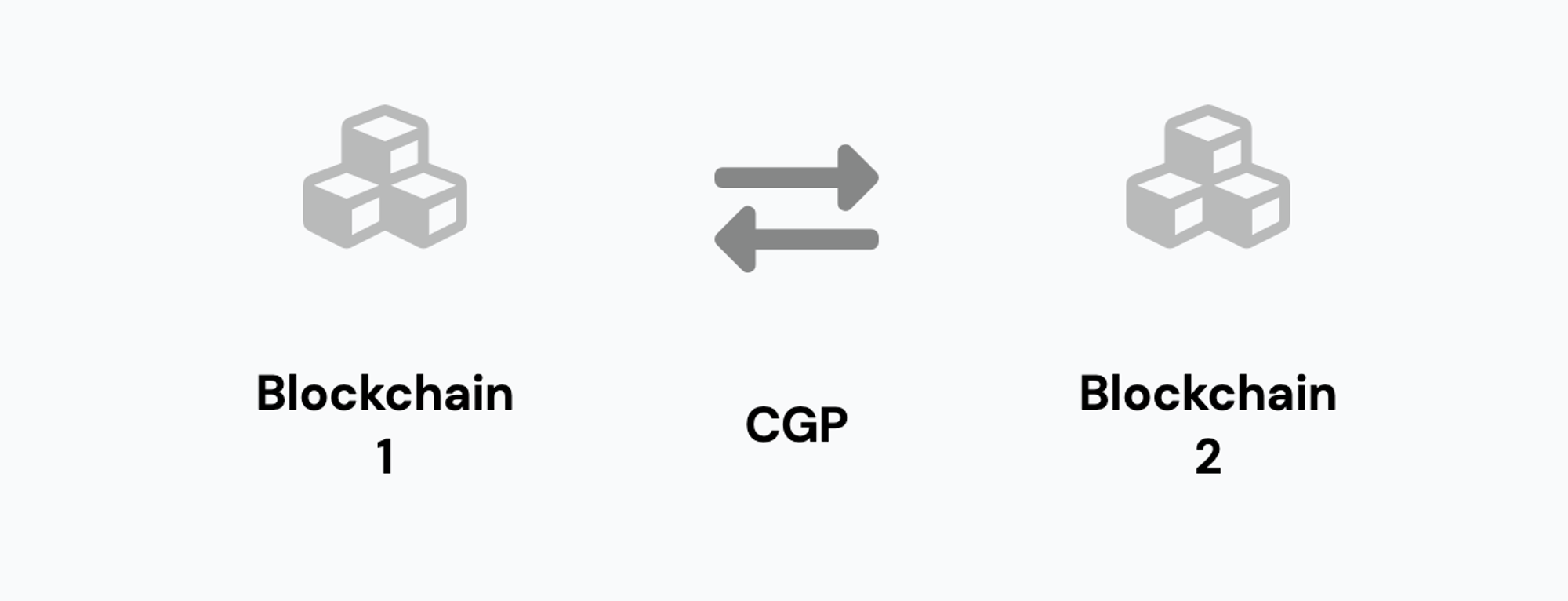
Gateway Smart Contracts
The second is the gateway smart contracts. These are what provide the connectivity between the Axelar network and the connected Layer 1 blockchains. The validators and gateways are the core infrastructure layer. They work like this:
- Validators monitor gateways for incoming transactions which the validators read
- They come to consensus on the validity of the transaction
- They write to the destination chains gateway to execute the cross-chain transaction.
Developer Tools
On top of the validators and the gateways are the APIs and SDKs. These are the libraries and tools that allow developers to access the Axelar network easily. This is the application-development layer that developers will use across any two chains in order to add universal interoperability to their blockchains and apps.
With Axelar developers can use Cross-Chain Transfer Protocol (CTP) which is described below to perform cross-chain requests and also lock, unlock, and transfer assets between address on different blockchain platforms.
Cross-Chain Transfer Protocol (CTP)
Axelars application-level protocol stack which is the CTP sits on top of the routing protocol CGP. This allows developers to use the CTP to perform corss-chain requests such as lock, unlock, and transfer assets between addresses on different blockchain platforms.
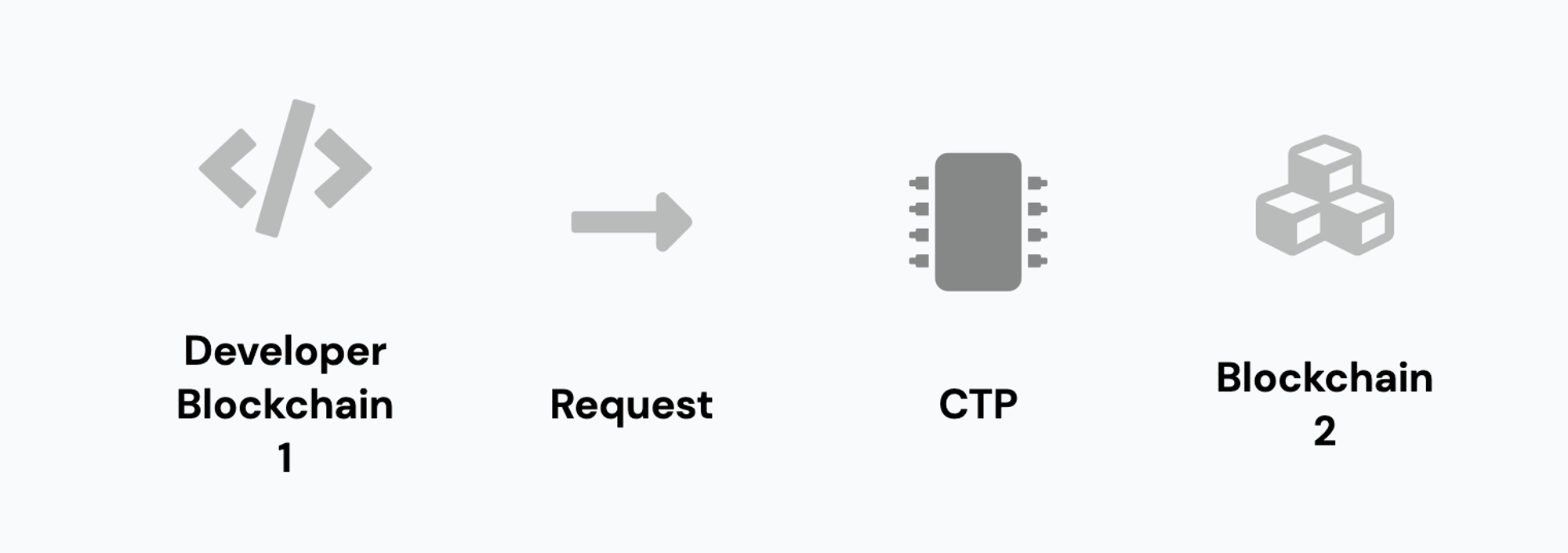
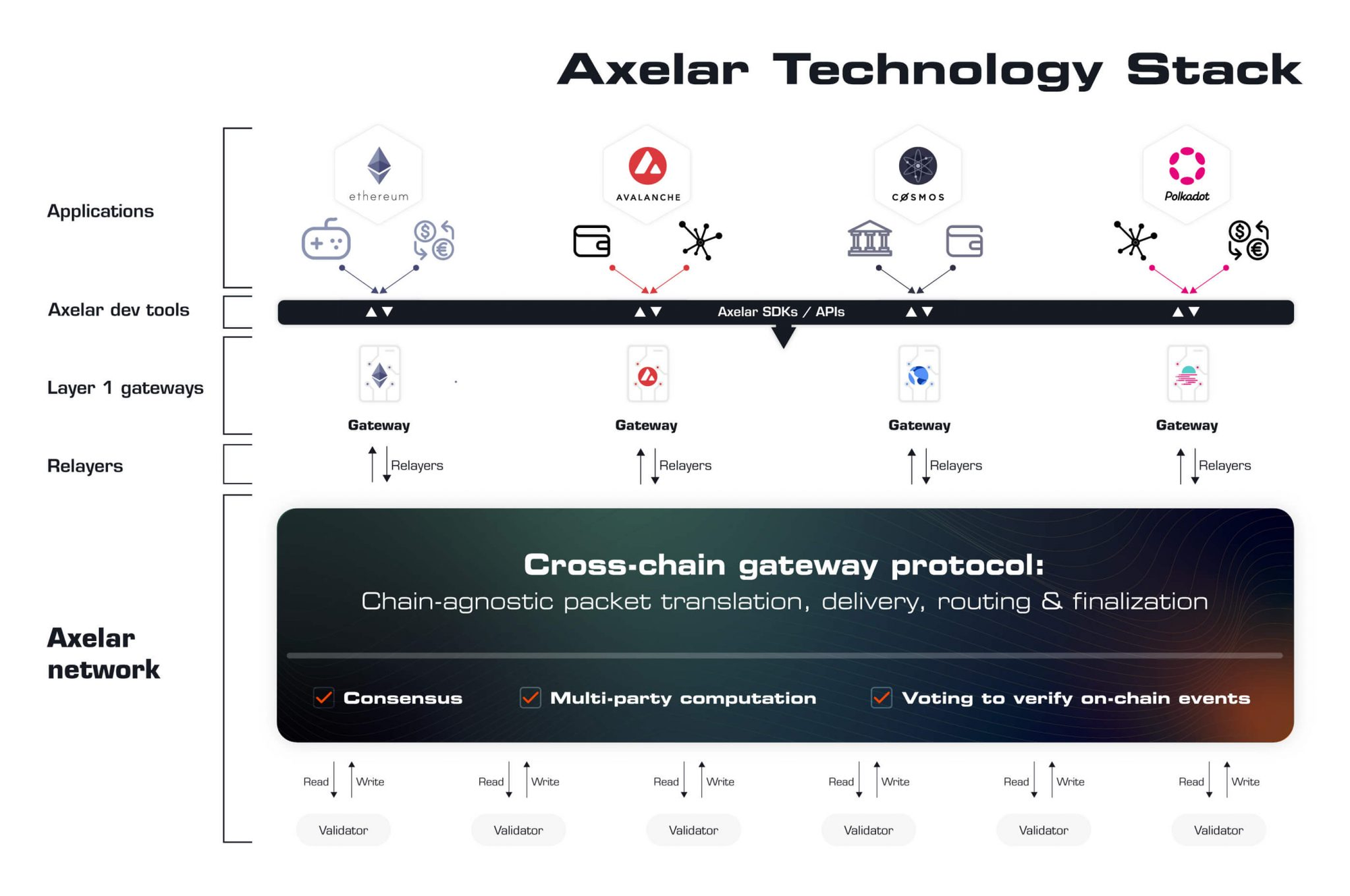
CROSS-CHAIN COMMUNICATION
Axelar protocol allows for heterogeneous networks to communicate with each other by using the same language. This cross-chain communication is made possible by a few key properties.
- Plug-and-play integration - Instead of having to speak a “custom language” Axelar enables blockchain ecosystems to effortlessly plugin existing or new blockchains
- Cross-Chain Routing - The Axelar network will facilitate the cross-chain discovery of network addresses and applications as well as it will enable routing across chains. As such, Axelar’s protocols will function similarly to the core protocols of the Internet that provide functions like discovering network addresses as well as routing paths.
- Upgradability Support - Blockchain ecosystems change dynamically. This is reflected in the Axelar network which minimizes the effort to support updates in a blockchain. In doing so, Axelar makes sure that the interoperability between chains is not affected. There is no need to rewrite “state transition logic” ensuring that applications do not break.
- Uniform Language For Applications - With the Axlear network, developers are given a simple protocol allowing them to lock and unlock assets, transfer these, and communicate with other applications independently of the blockchain the tokens/applications are located on. As such, Axelar is chain-agnostic and supports simple calls.
SATELLITE
On January 26th, 2022 Axelar announced the launch of the Satellite, one of the first applications powered by the Axelar Network. Satellite is a decentralized cross-chain asset transfer application allowing users to transfer assets from one chain to another.
Upon launch, Satellite initially supports the transfer of native Terra assets such as $LUNA and $UST between several EVM and non-EVM chains. These chains include Terra, Avalanche, Polygon, Ethereum, and Fantom, with Moonbeam being added shortly after.
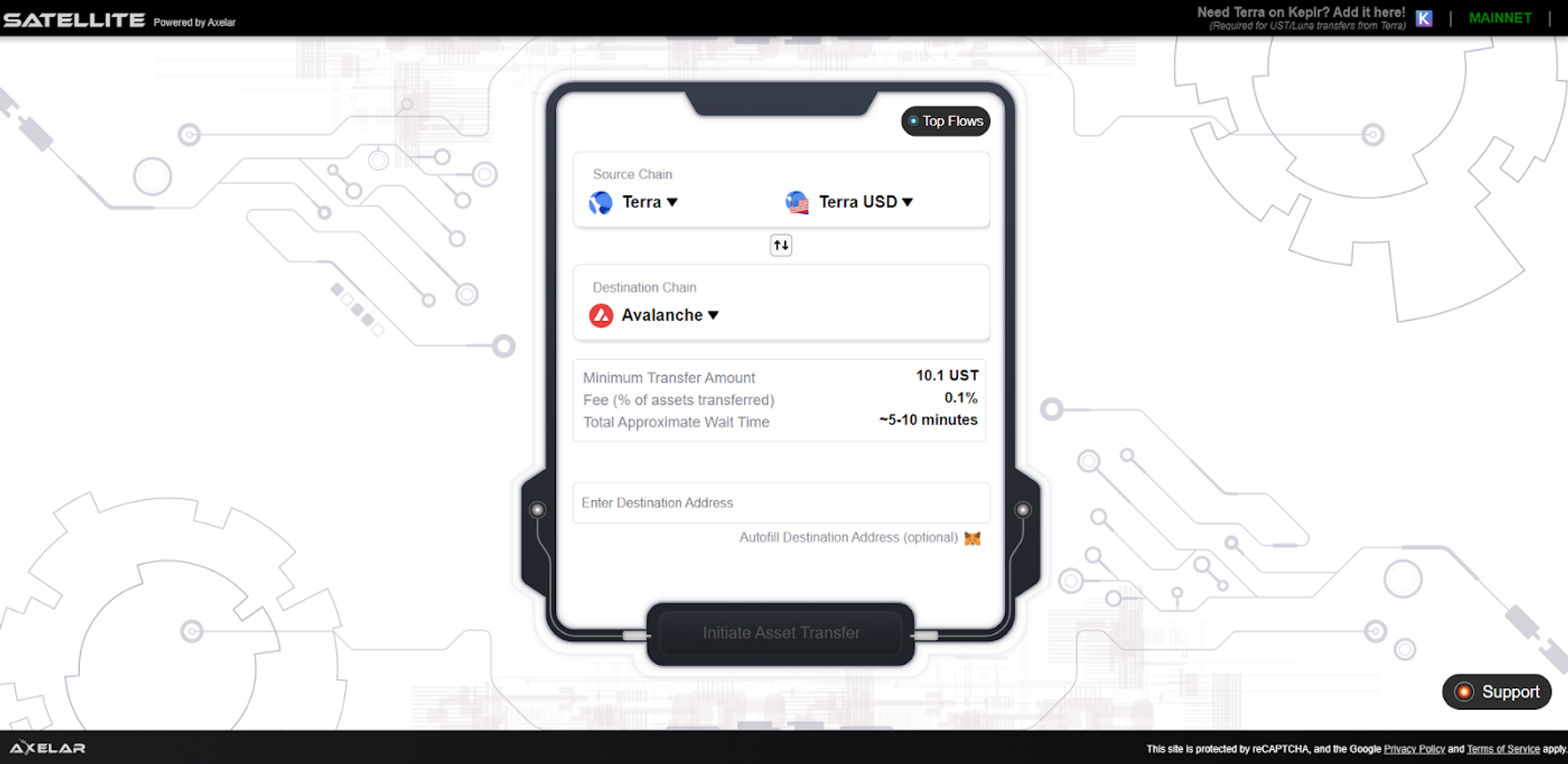
Satellite is the first app that demonstrates that Axelar connects all Cosmos chains via the IBC (inter-blockchain communication) and its GCP protocol. Axelar serves as the translation layer that will allow Cosmos assets to flow freely to all Axelar interconnected networks.
See here for an example video - https://www.youtube.com/watch?v=VsfCJl1A9QI
VALIDATORS
Validators are a core component of Axelars decentralized infrastructure. Following a Delegated Proof of Stake (DPoS) model, nodes help secure the Axelar blockchain and maintain the overall network. Validators can participate in consensus by bonding their stake and maintaining a high validation service.
Validators are able to be elected through a delegation process by the users of Axelar. Based upon the stake dedicated to each validator they receive a pro-rata voting power.
In order to verify the state of connected blockchains, validators run the client software of other blockchains. In doing so, validators report the state of these chains which is then recorded on Axelar once a threshold is reached.
TOKENOMICS
$AXL is the native token of the Axelar Network. The TGE (token generation event) has not taken place yet and is set to on May.11th 2022. There are 3 main functions of $AXL:
- Used as a gas fee for transactions and any other network fees, paid by users to validators that run the network.
- $AXL is used by holders and their proxies to stake and exercise governance over proposals (such as a parameter change or protocol upgrade).
- $AXL enables incentives to support the decentralized Proof-of-Stake consensus that secures the network and validates transactions on-chain. Validators receive AXL rewards as incentives to continue to secure the network.
- $AXL is used to reward ecosystem builders and community contributors.
At the Axelar genesis block, 1 billion AXL tokens in total will be issued and allocated to the following stakeholders and programs.
- Team: Existing employees and advisors.
- Company: Axelar Inc. operational treasury and future employee incentives.
- Backers: Seed, Series A, and Series B investors.
- Community sale: A public sale that will happen after mainnet launch, with the objective of distributing tokens to multiple members of the community.
- Community programs: testnet/dashboard/wallet/developer grants, liquidity rewards, and other incentive programs, managed by the Axelar Foundation. At least 5% of the total supply will be set aside from Community programs, to be allocated towards an insurance fund and insurance programs.
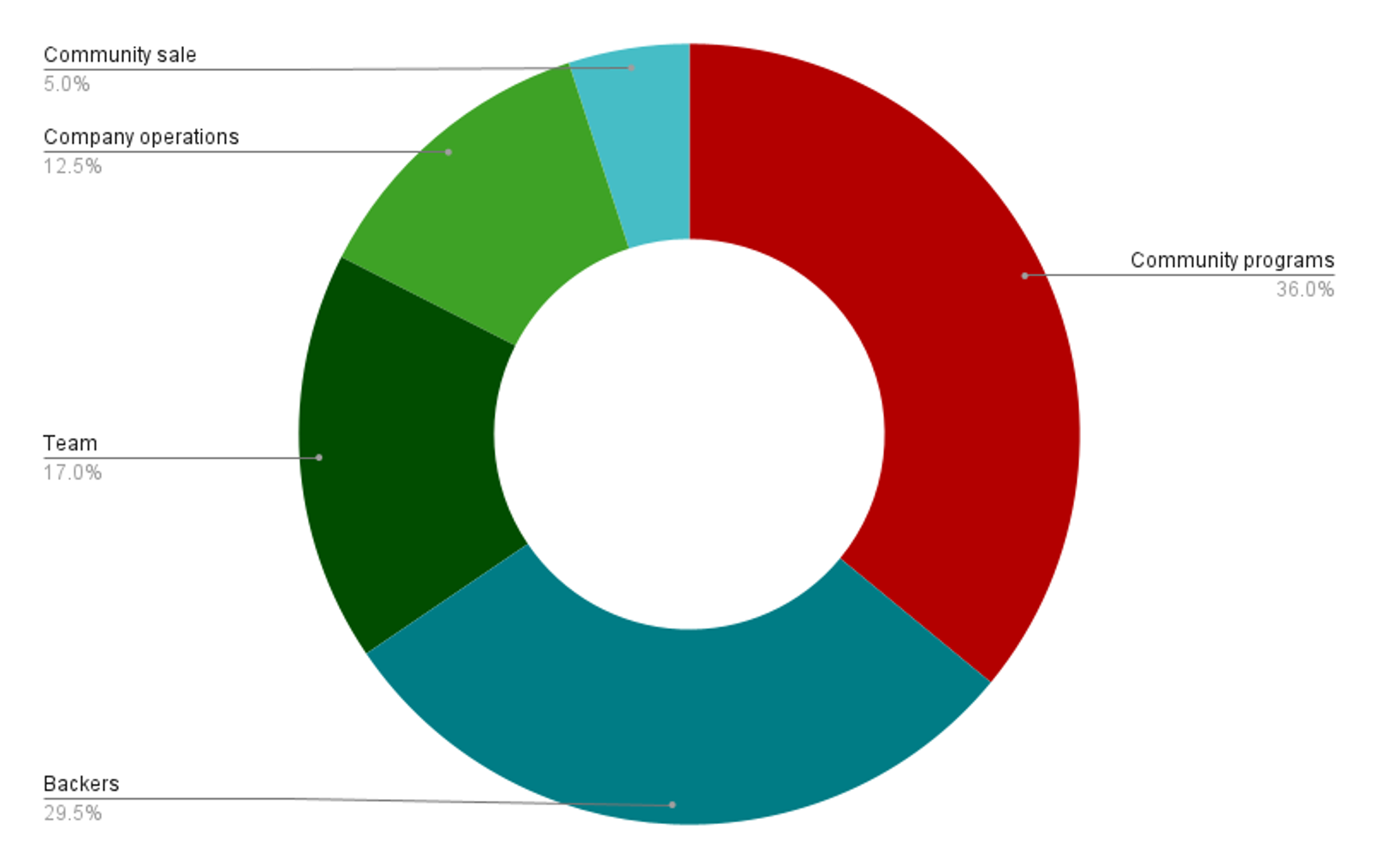
Vesting schedule of different investor segments.
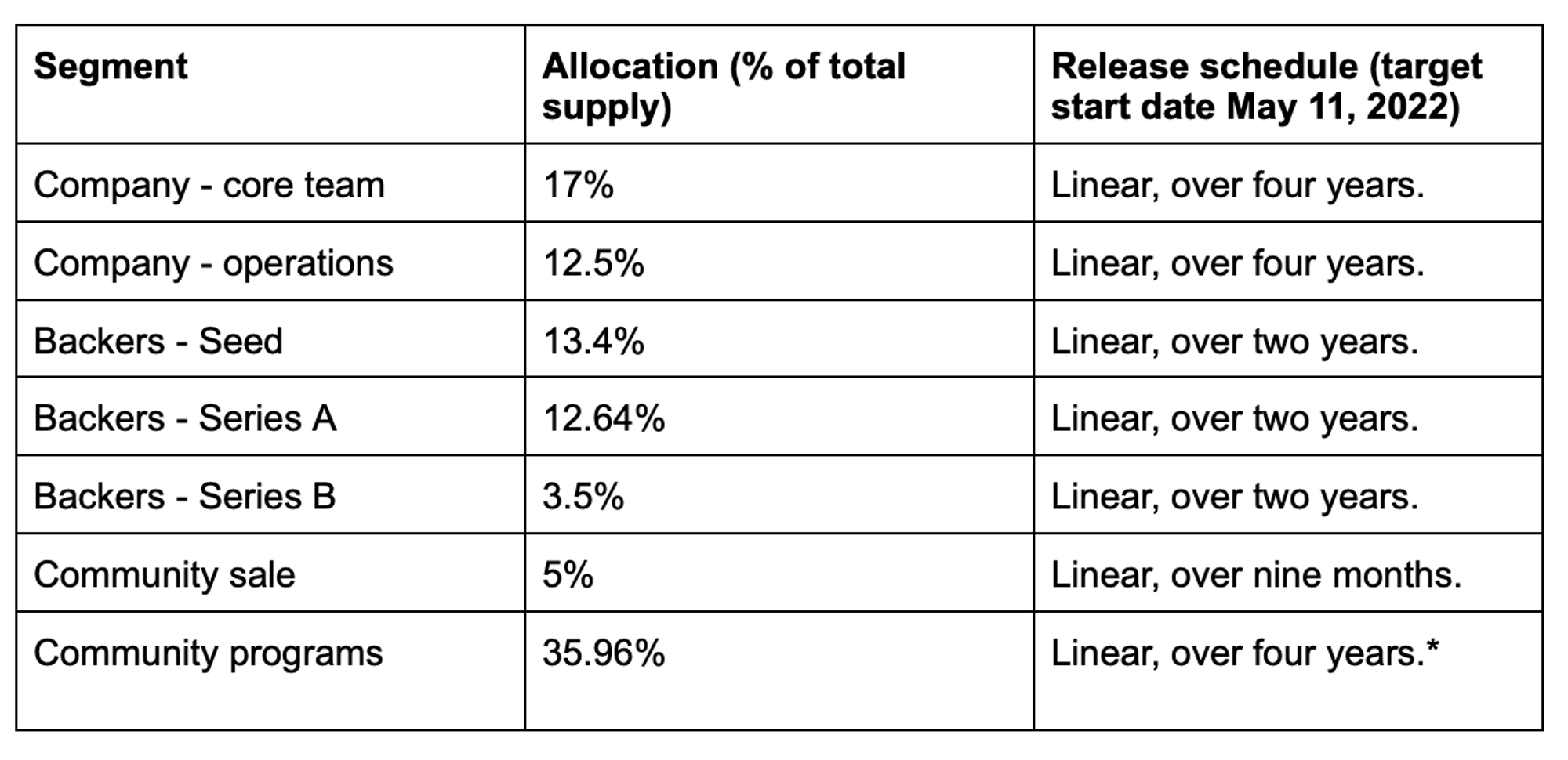
BACKERS



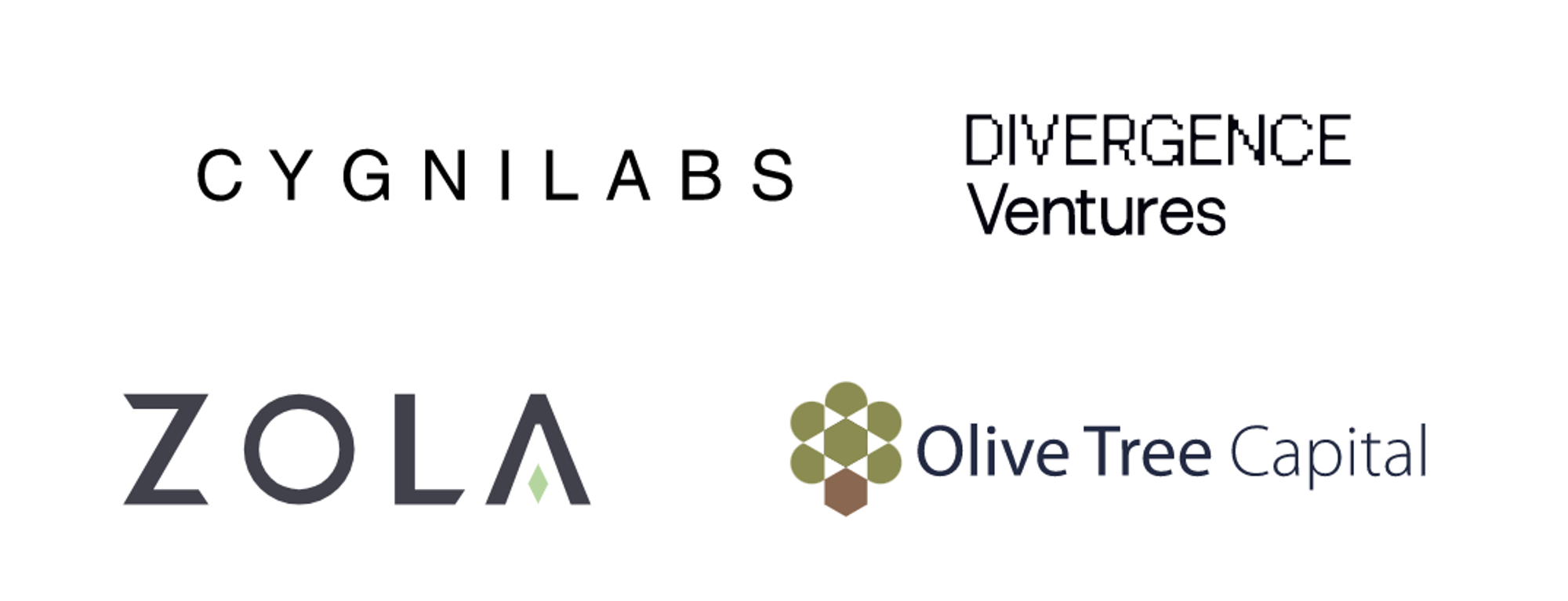

TEAM
The co-founders of Axelar Network's team, Sergey Gorbunov and Georgios Vlachos, both from MIT, are also founding team members at Algorand. In addition, there are several well-known developers and PhDs with many years of experience to build this project.






